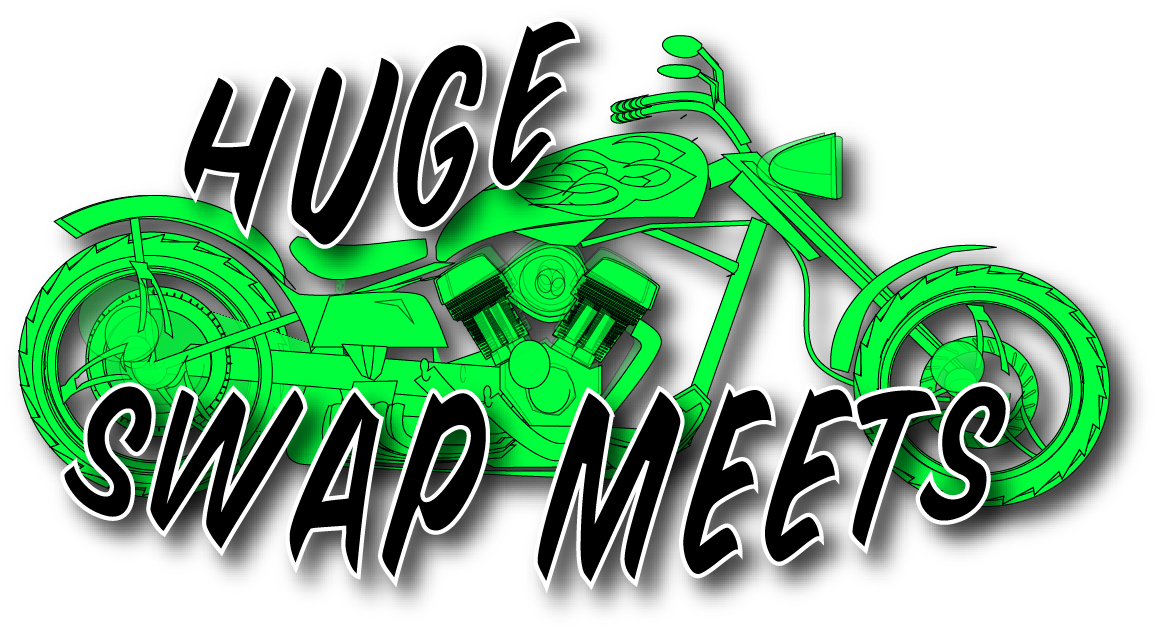
Planning on setting off on a road trip? For motorcycle enthusiasts, the open road is more than just a path from point A to point B—it’s an experience. The United States offers some of the most scenic, challenging, and memorable motorcycle routes in the world. From coastal highways to mountain passes, each ride promises a unique adventure. Here’s a detailed guide to the best motorcycle routes in the U.S., including what makes each one special, the best times to ride, and tips for an unforgettable journey.
4. Beartooth Highway (Montana/Wyoming)
Overview
Beartooth Highway (US 212) is often described as one of the most beautiful drives in America. This 68-mile route runs from Red Lodge, Montana, to the northeast entrance of Yellowstone National Park in Wyoming, reaching elevations of nearly 11,000 feet.
Highlights
- High-Altitude Scenery: Alpine meadows, glacial lakes, and snow-capped peaks.
- Spectacular Vistas: Endless panoramic views of the Beartooth and Absaroka Mountains.
- Wildlife Sightings: Potential to see bison, elk, and other wildlife.
Best Time to Ride
Late spring to early fall. The highway is usually open from Memorial Day to mid-October, depending on snowfall.
Tips
- Dress in layers; temperatures can vary significantly at different elevations.
- Fuel up before you go; services are limited along the route.
- Be cautious of sudden weather changes, including snowstorms, even in summer.
5. Route 66 (Illinois to California)
Overview
Route 66, known as the “Mother Road,” is an iconic American highway that originally ran from Chicago, Illinois, to Santa Monica, California. While it no longer exists as a continuous route, many sections remain drivable and offer a nostalgic journey through American history.
Highlights
- Historic Landmarks: Vintage motels, diners, and roadside attractions.
- Diverse Landscapes: Farmlands of the Midwest, deserts of the Southwest, and coastal views in California.
- Cultural Experience: Small towns with unique histories and friendly locals.
Best Time to Ride
Spring and fall offer mild temperatures and comfortable riding conditions. Summer can be very hot, especially in the desert regions.
Tips
- Plan your route in advance to include the best-preserved sections of the highway.
- Take your time to explore the small towns and roadside attractions.
- Be prepared for some sections of rough road.
6. Natchez Trace Parkway (Mississippi to Tennessee)
Overview
The Natchez Trace Parkway is a 444-mile recreational road that follows the historic Natchez Trace, a path used by Native Americans, European settlers, and traders. It runs from Natchez, Mississippi, to Nashville, Tennessee.
Highlights
- Historical Significance: Numerous historical sites, including ancient Native American mounds and Civil War battlefields.
- Natural Beauty: Diverse landscapes, from swamps and bayous to rolling hills and forests.
- Leisurely Pace: A relaxed ride with a speed limit of 50 mph, ideal for enjoying the scenery.
Best Time to Ride
Spring and fall are the best times to ride, with mild temperatures and beautiful foliage. Summer can be hot and humid.
Tips
- There are no commercial vehicles allowed, making for a peaceful ride.
- Many scenic pull-offs and picnic areas are available.
- Watch for wildlife, including deer and wild turkeys.
7. Going-to-the-Sun Road (Montana)
Overview
Going-to-the-Sun Road is a 50-mile route that traverses Glacier National Park in Montana. Known for its breathtaking mountain scenery, the road crosses the Continental Divide at Logan Pass.
Highlights
- Dramatic Scenery: Glacier-carved peaks, cascading waterfalls, and pristine lakes.
- Wildlife Viewing: Opportunities to see mountain goats, bighorn sheep, and other wildlife.
- Engineering Marvel: The road itself is a feat of engineering, with its steep grades and tight switchbacks.
Best Time to Ride
Summer, from late June to mid-September, when the road is fully open and weather conditions are favorable.
Tips
- Early morning or late afternoon rides are less crowded.
- Be prepared for limited services and amenities along the route.
- Check road conditions before you go, as snow and rock slides can cause closures.





